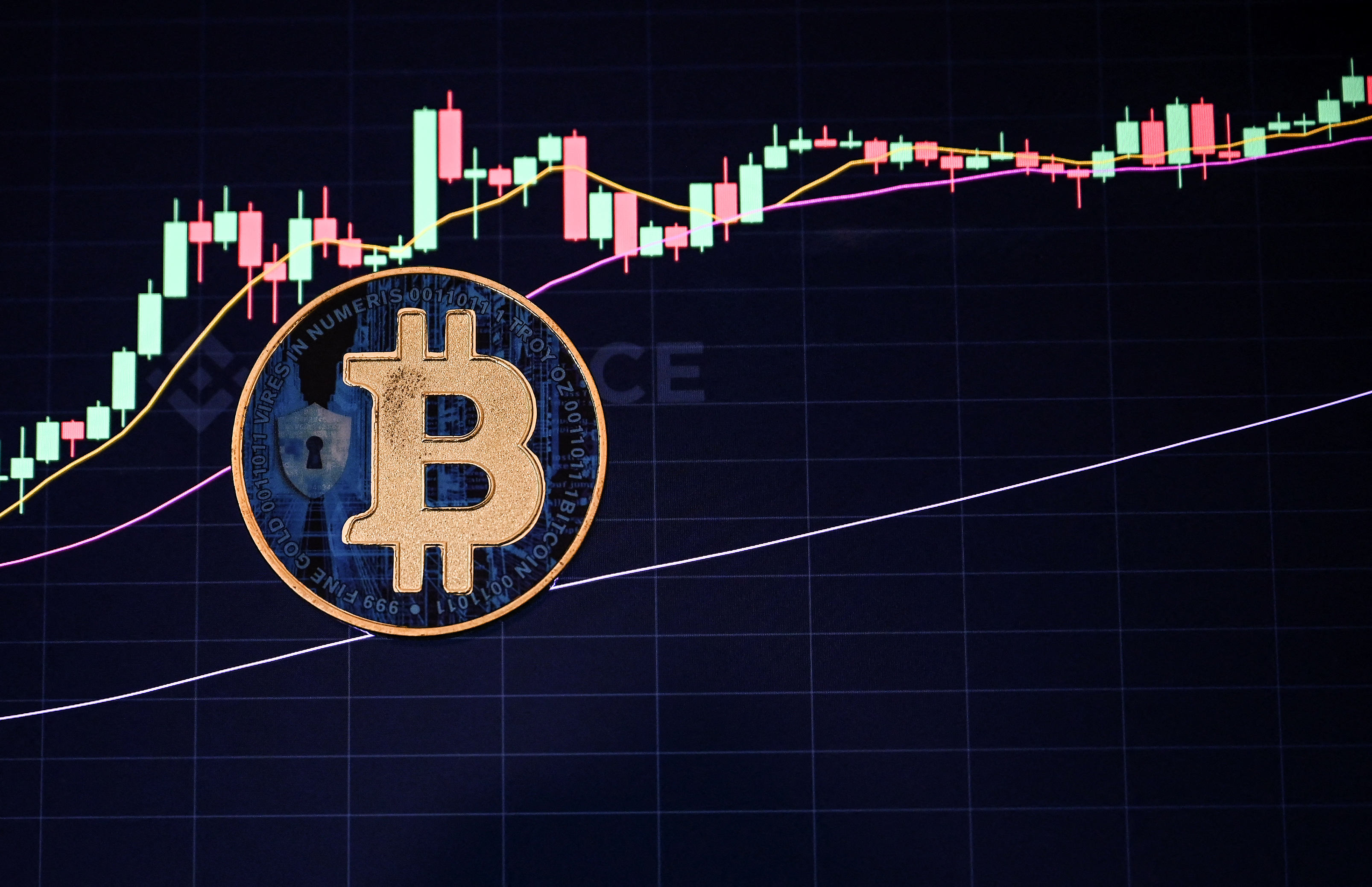Key Takeaways:
I. Bitcoin's inherent volatility, significantly exceeding that of traditional assets, necessitates a cautious investment approach.
II. Macroeconomic factors, including inflation, interest rates, and monetary policy, exert a complex and often unpredictable influence on Bitcoin's price.
III. Informed investment decisions in the Bitcoin market require a data-driven approach, incorporating risk management strategies and avoiding emotional biases.
Bitcoin's 8% climb in December, pushing its price near the $106,509 mark, has reignited discussions about its potential as a store of value and a hedge against inflation. While the surge is undoubtedly noteworthy, a comprehensive analysis requires a deeper look into the macroeconomic forces at play and a critical examination of Bitcoin's historical volatility. This article delves beyond the headlines, exploring the complex interplay between Bitcoin's price, macroeconomic indicators, and investor sentiment to provide a nuanced perspective on its recent performance and potential future trajectory.
Bitcoin's Volatility: A Historical Rollercoaster
Bitcoin's price has historically exhibited extreme volatility, far exceeding that of traditional asset classes like gold and the S&P 500. Over the past five years, Bitcoin's annualized volatility has averaged 73%, while gold and the S&P 500 have hovered around 15%. This stark difference highlights the inherent risks associated with Bitcoin investment and underscores the need for a cautious approach.
Examining Bitcoin's price history reveals a pattern of dramatic price swings, including periods of rapid growth followed by significant corrections. The 2017 surge, where Bitcoin's price climbed from under $1,000 to nearly $20,000 before crashing to around $3,200 the following year, exemplifies this volatility. These boom-and-bust cycles are not isolated incidents but rather recurring patterns that investors must consider.
While the recent surge to $106,509 may appear to be a new all-time high, it's crucial to consider this figure in context. Previous peaks, especially when adjusted for inflation, may hold more significance than initially perceived. Moreover, the very nature of a peak suggests an eventual decline. The question for investors is not if a correction will occur, but when and to what extent.
Understanding Bitcoin's historical volatility is not merely an academic exercise; it's a prerequisite for informed investment decisions. By recognizing the cyclical nature of Bitcoin's price movements and the potential for significant corrections, investors can develop more realistic expectations and implement appropriate risk management strategies.
Macroeconomic Forces and Bitcoin: A Complex Relationship
The relationship between Bitcoin's price and macroeconomic indicators like inflation is complex and often inconsistent. While Bitcoin has been touted as an inflation hedge, empirical evidence reveals a nuanced and dynamic relationship. Periods of negative correlation between Bitcoin and inflation exist, but this correlation is not always present, and other factors can influence Bitcoin's price movements.
Interest rates and monetary policy also play a significant role in shaping Bitcoin's price trajectory. Rising interest rates can make holding Bitcoin less attractive compared to yield-bearing assets, potentially leading to downward pressure on its price. Conversely, lower interest rates, such as those anticipated from the Federal Reserve, can boost investor optimism and contribute to price increases. However, these relationships are not always straightforward and can be influenced by other market factors.
The US dollar's strength, as reflected in the DXY index, also exerts an influence on Bitcoin's price. Periods of inverse correlation between Bitcoin and the DXY suggest that Bitcoin may act as a safe haven asset during times of USD weakness. However, this relationship is not always consistent, and Bitcoin can exhibit periods of decoupling from the USD, highlighting its independent price dynamics.
Finally, Bitcoin's growing correlation with the S&P 500 indicates increasing interconnectedness with traditional financial markets. This suggests that Bitcoin is becoming more sensitive to broader market trends and investor risk appetite. However, periods of decoupling from the S&P 500 demonstrate that Bitcoin can still behave as an independent asset class, influenced by factors specific to the cryptocurrency market.
Navigating Bitcoin Investment: Strategies for a Volatile Market
Investing in Bitcoin requires a strategic approach that acknowledges its inherent volatility and the complex interplay of macroeconomic factors. Risk management is paramount, and diversification is a cornerstone of any prudent investment strategy. Allocating a portion of one's portfolio to Bitcoin, while maintaining a diversified mix of other asset classes, can help mitigate potential losses and manage overall portfolio risk.
Dollar-cost averaging (DCA) is a valuable strategy for navigating Bitcoin's price volatility. By investing a fixed amount at regular intervals, regardless of the current price, investors can reduce the emotional impact of market fluctuations and avoid the risk of investing a lump sum at a market peak. Coupled with emotional discipline and a commitment to staying informed about market developments, DCA can be an effective tool for long-term Bitcoin investors.
Bitcoin's Future: Navigating Uncertainty with Informed Decisions
Bitcoin's recent price surge, while exciting for some, underscores the importance of a nuanced and data-driven approach to investment. The cryptocurrency market remains highly volatile and susceptible to a confluence of factors, from macroeconomic shifts to regulatory pronouncements. By understanding Bitcoin's historical volatility, its complex relationship with macroeconomic indicators, and the evolving regulatory landscape, investors can make more informed decisions and navigate the uncertainties of this dynamic market. Risk management, diversification, and emotional discipline are essential tools for any Bitcoin investor seeking to balance potential rewards with inherent risks.
----------
Further Reads
I. Stocks vs. Gold and Silver - Updated Chart | Longtermtrends









